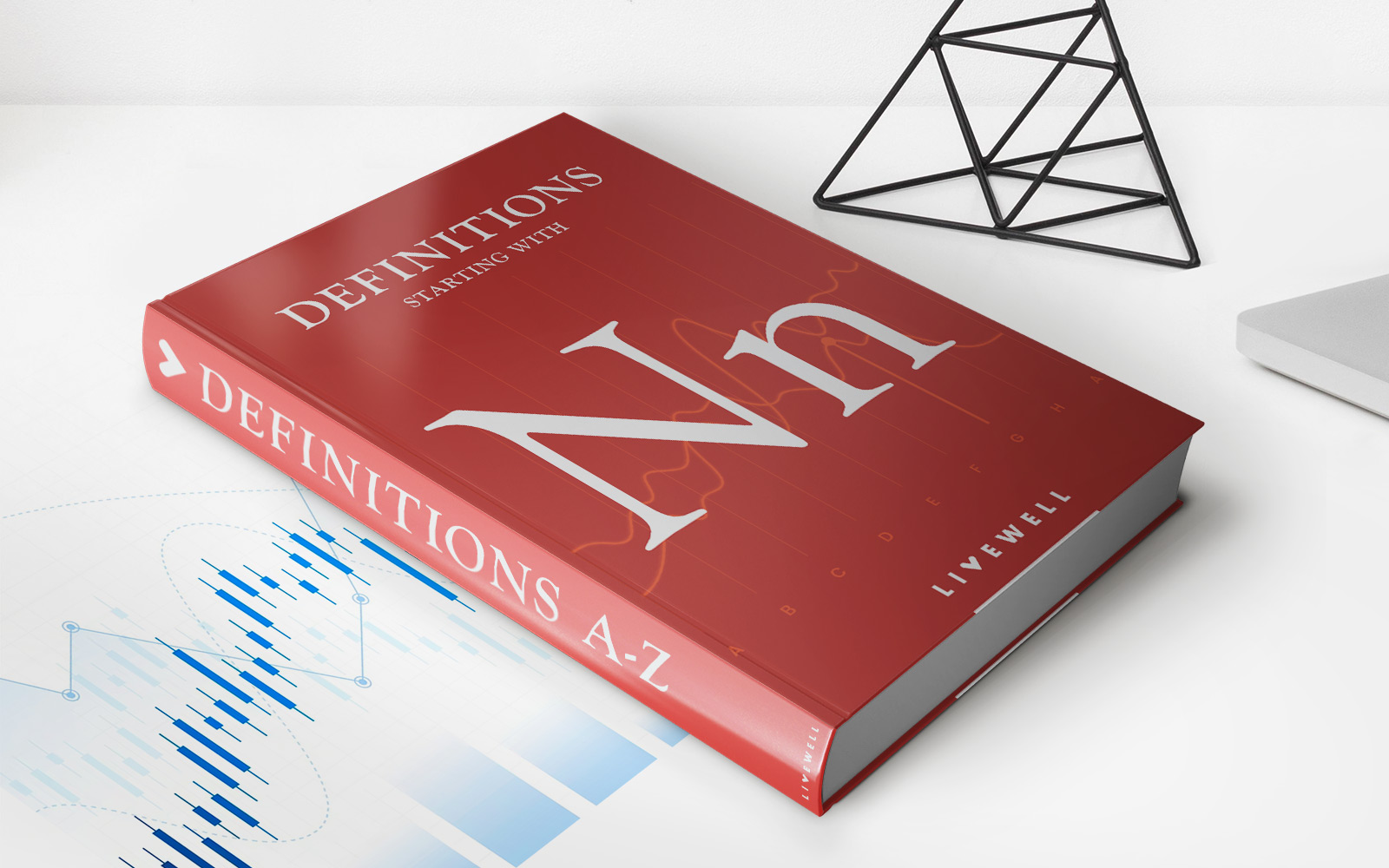Home>Finance>Pooled Funds: Definition, Examples, Pros & Cons


Finance
Pooled Funds: Definition, Examples, Pros & Cons
Published: January 9, 2024
Discover the definition, examples, and pros & cons of pooled funds in the world of finance. Unlock the benefits and risks associated with these investment vehicles.
(Many of the links in this article redirect to a specific reviewed product. Your purchase of these products through affiliate links helps to generate commission for LiveWell, at no extra cost. Learn more)
Pooled Funds: Definition, Examples, Pros & Cons
Welcome to our “FINANCE” blog category! In this post, we will discuss an important aspect of financial investment: pooled funds. Whether you’re a seasoned investor or someone new to the world of finance, understanding pooled funds and how they work can help you make informed decisions about your investments. So, let’s dive in and explore what pooled funds are all about.
Key Takeaways:
- Pooled funds are investment vehicles where multiple investors combine their money into a single fund, managed by professional fund managers.
- Pooled funds provide diversification, professional management, and potentially higher returns compared to individual investing.
What are Pooled Funds?
Pooled funds, also known as collective investment schemes or mutual funds, are investment vehicles that pool money from multiple investors. These funds are then managed by experienced and knowledgeable fund managers, who make investment decisions on behalf of the investors. By pooling resources together, investors can access a wide range of investment opportunities that they may not have individually.
By investing in pooled funds, investors effectively own a proportionate share of the fund’s assets, which can include stocks, bonds, commodities, or other investment vehicles. Income generated from these investments, such as dividends or interest payments, is distributed among the investors based on their proportionate ownership.
Examples of Pooled Funds
There are various types of pooled funds available for different investment purposes. Some common examples of pooled funds include:
- Mutual Funds: These are open-end investment funds that allow investors to buy shares or units at the fund’s net asset value (NAV). Mutual funds can have different objectives, such as equity funds, bond funds, or balanced funds.
- Exchange-Traded Funds (ETFs): Similar to mutual funds, ETFs are traded on stock exchanges. They offer the advantage of intraday trading flexibility and are designed to track specific market indices or sectors.
- Hedge Funds: Hedge funds are typically available only to accredited investors and aim to generate high returns through active management strategies. They may use leverage or alternative investment techniques.
- Real Estate Investment Trusts (REITs): These funds invest in income-generating real estate properties and distribute a significant portion of their earnings as dividends to investors.
Pros of Investing in Pooled Funds
Investing in pooled funds offers several advantages for investors:
- Diversification: Pooled funds invest in a variety of assets, which helps spread the investment risk. This diversification can lower the overall volatility of returns.
- Professional Management: With pooled funds, investors benefit from the expertise of professional fund managers who have access to extensive research and market insights.
- Liquidity: Most pooled funds allow investors to buy or sell their shares on a daily basis, providing liquidity and flexibility.
- Accessibility: Pooled funds are open to both individual and institutional investors, allowing access to investment opportunities that may require significant capital.
- Potentially Higher Returns: Skilled fund managers aim to generate attractive returns for investors by capitalizing on their expertise and market opportunities.
Cons of Investing in Pooled Funds
While pooled funds offer several benefits, it’s important to consider the potential downsides as well:
- Management Fees: Pooled funds charge management fees, which can eat into investment returns over time. It’s essential to carefully assess these fees and compare them with the fund’s performance.
- Limited Control: By investing in a pooled fund, investors relinquish direct control over investment decisions. Fund managers make all the investment choices on their behalf.
- Lower Transparency: Pooled funds may not disclose their portfolio holdings in real-time, making it challenging for investors to fully understand the underlying investments.
- Market Volatility: While diversification can help mitigate risk, pooled funds are still subject to market volatility, which can impact the fund’s performance.
Understanding pooled funds is crucial when considering investment options. By weighing the pros and cons, investors can make informed decisions that align with their financial goals and risk tolerance. Remember, it’s always advisable to consult with a financial advisor before making any investment decisions.
Thank you for reading our blog post on pooled funds. We hope you found this information valuable and insightful. Stay tuned for more informative posts in our “FINANCE” category!














